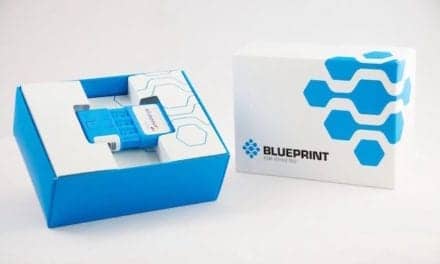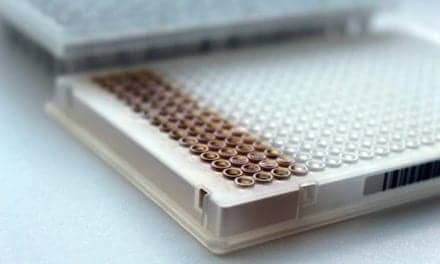Scientists at the University of Sussex have identified a potential pattern within blood which signals the presence of amyotrophic lateral sclerosis (ALS), more commonly known as motor neuron disease (MND), a discovery which could significantly improve diagnosis.
Currently, it can take up to a year for a patient to be diagnosed with ALS. But after comparing blood samples from patients with ALS, those with other motor-related neurological diseases, and healthy patients, researchers were able to identify specific biomarkers which act as a diagnostic signature for the disease. Researchers hope that their findings could lead to the development of a blood test which will identify the unique biomarker, significantly simplifying and speeding up diagnosis.
“In order to effectively diagnose and treat ALS, we are in urgent need of biomarkers as a tool for early diagnosis and for monitoring the efficacy of therapeutic interventions in clinical trials,” says Majid Hafezparast, PhD, a professor of molecular neuroscience at the University of Sussex. “Biomarkers can indicate the disease is present and help us to predict its progression rate. In our study, we compared serum samples taken from the blood of 245 patients and controls, analyzing their patterns of noncoding ribonucleic acids (ncRNA). We found a biomarker signature for motor neuron disease that is made up of a combination of seven ncRNAs. When these ncRNA are expressed in a particular pattern, we are able to classify whether our samples come from ALS patients or controls.”
ALS is a group of conditions which affects the nerves in the brain and spinal cord leading to weakness in the muscles and rapid deterioration. Doctors still don’t know why this happens, and there is currently no cure, although existing drug treatments can help patients with daily life and extend life expectancy—but only by 2 to 4 months on average.
Stephen Hawking, PhD, is perhaps one of the most famous cases of motor neuron disease.
Professor Hafezparast hopes that his team’s discovery will improve the outlook for patients by improving diagnosis and giving other researchers a valuable tool to test potential treatments. The researchers are now looking to validate this biomarker signature in a larger cohort of patients and begin to understand why these ncRNAs change in ALS patients.
Read more from the University of Sussex.
Reference
- Joilin G, Gray E, Thompson AG, et al. Identification of a potential non-coding RNA biomarker signature for amyotrophic lateral sclerosis. Brain Comm. 2020;2(1). doi: 10.1093/braincomms/fcaa053.
Featured image:
Differential expression of ncRNA biomarkers in ALS patient serum samples using RT-qPCR in the ALS Biomarker Study and Ulm Neurological Biobank confirmation cohort. Hsa-miR-16-5p/hsa-miR-21-5p/hsa-miR-92a-3p/TRV-AAC4-1.1/TRA-AGC6-1.1: one-way ANOVA with Tukey post-hoc, hsa-piR-33151: One-way ANOVA with Gomes–Howell post hoc. Normalized to hsa-miR-718 and hsa-piR-31068. Relative expression to the average expression of healthy controls. Healthy control (HC): n = 46; neurological controls (NC): n = 33; disease mimics (DM): n = 27; slow-progressing ALS (ALS-SP): n = 27; fast-progressing ALS (ALS-FP): n = 24. Bars: average ± SD. Courtesy Brain Communications.





